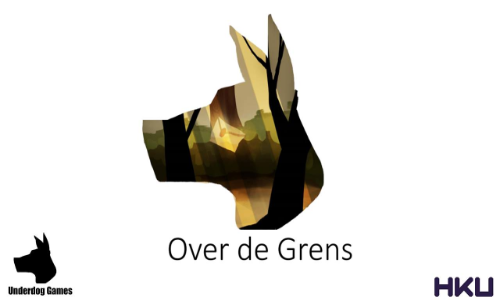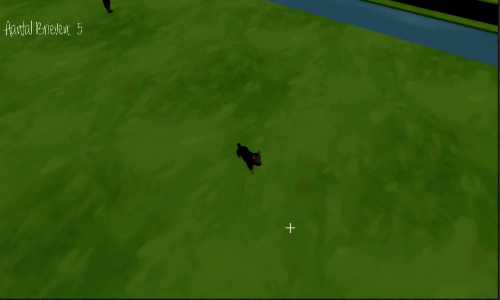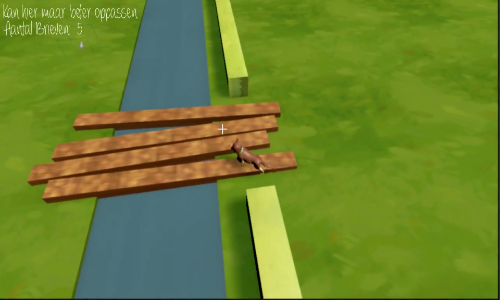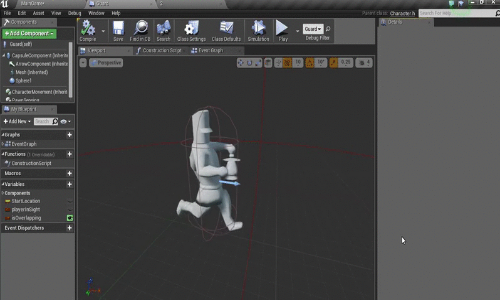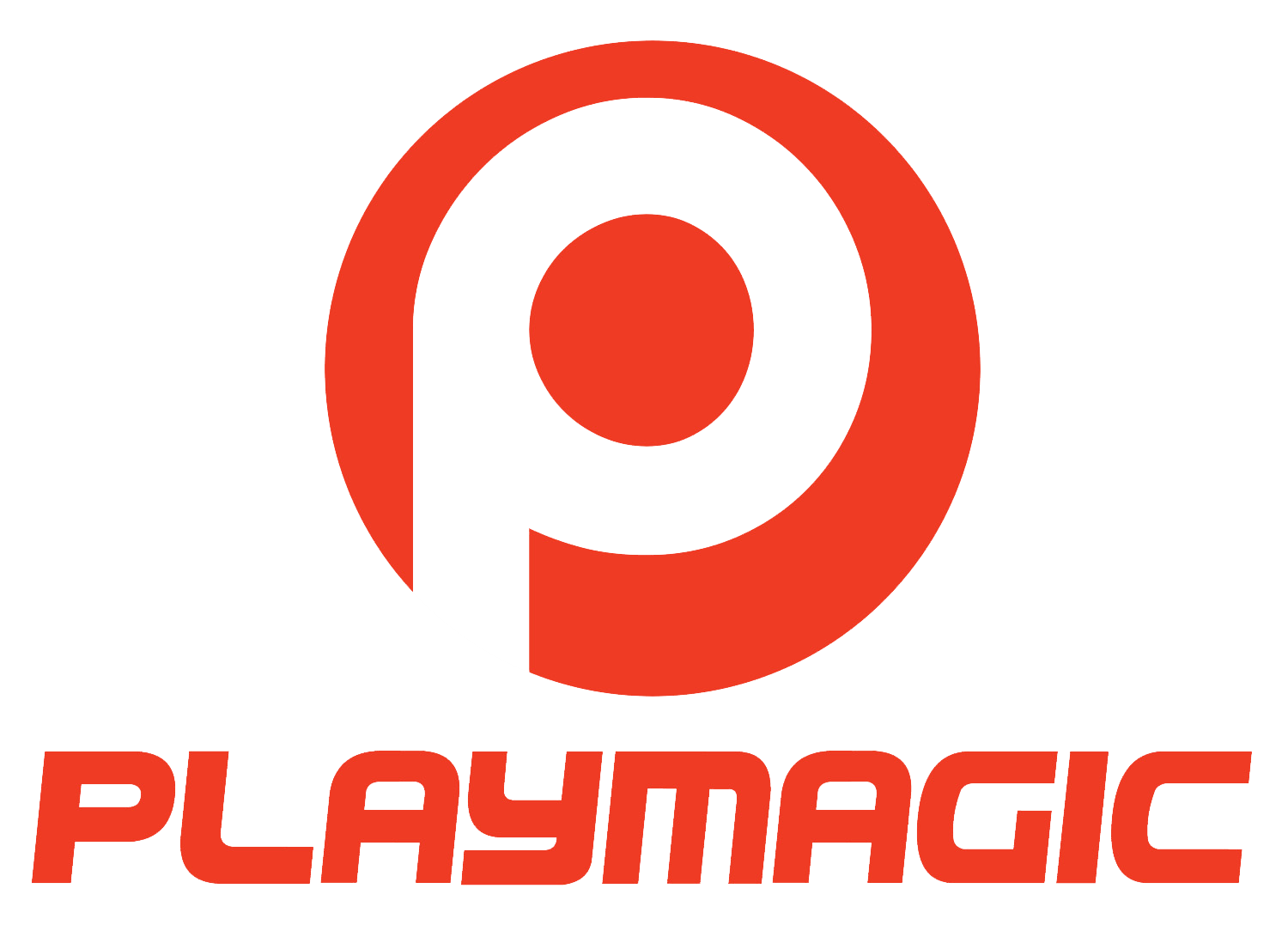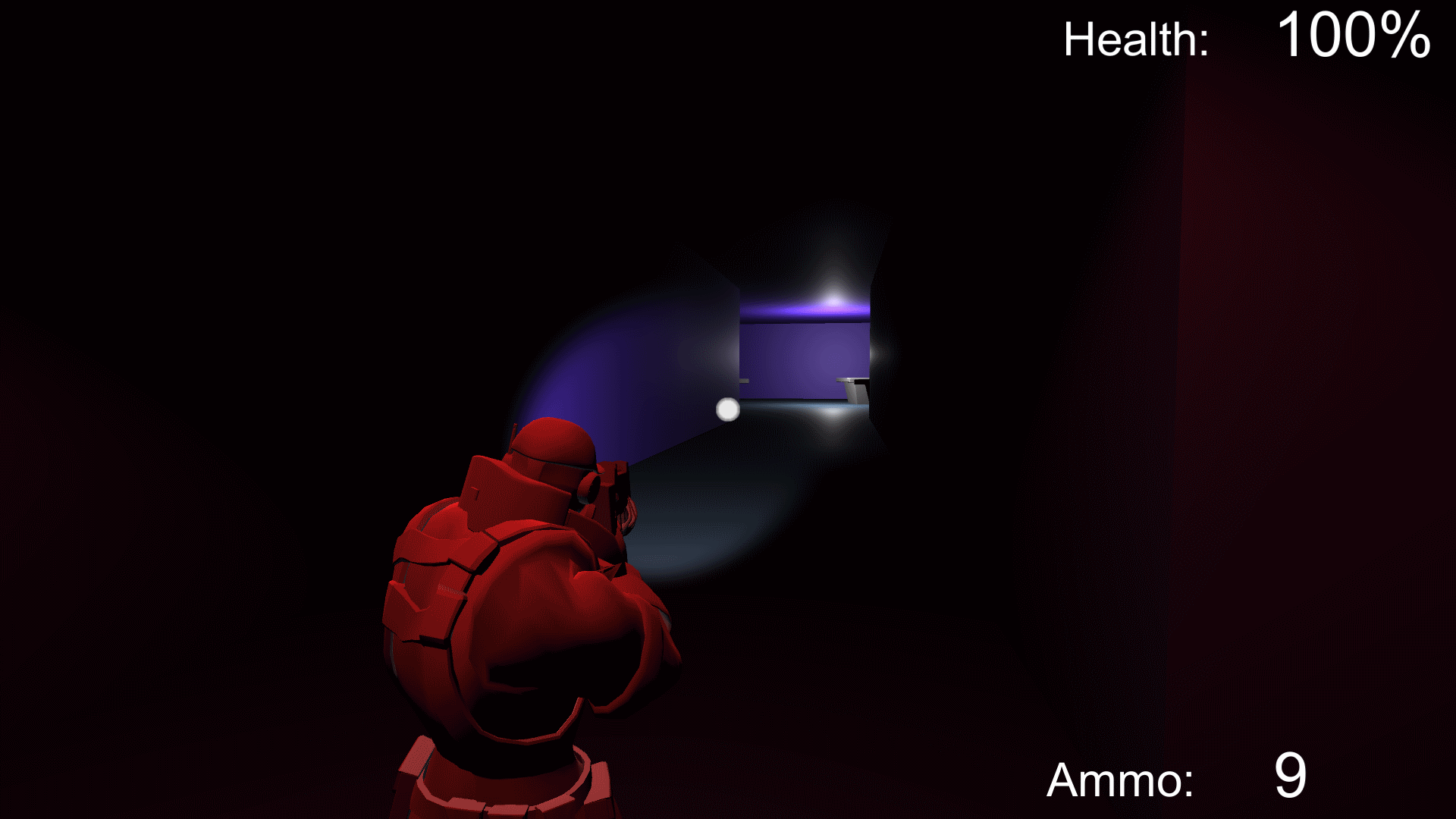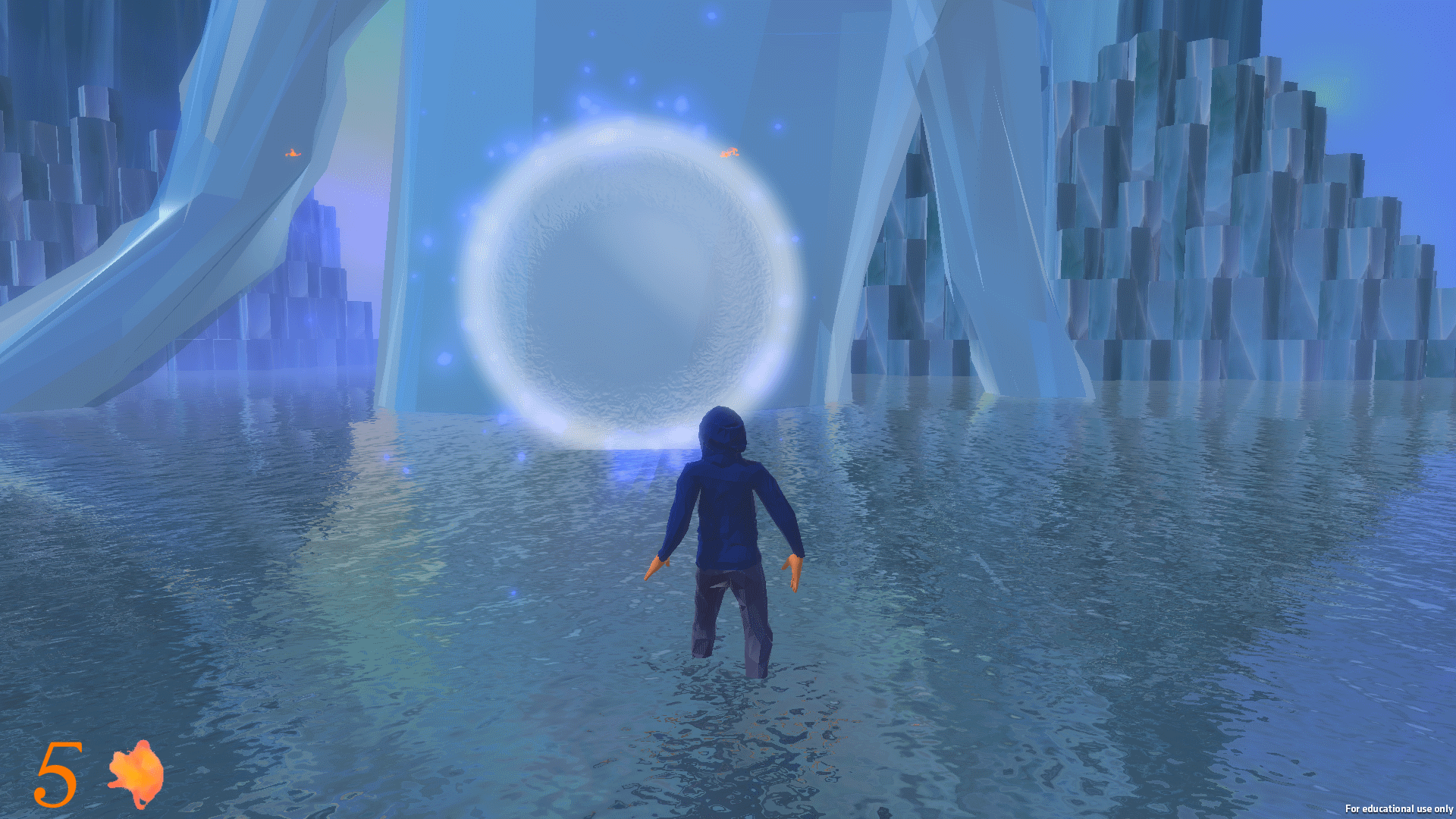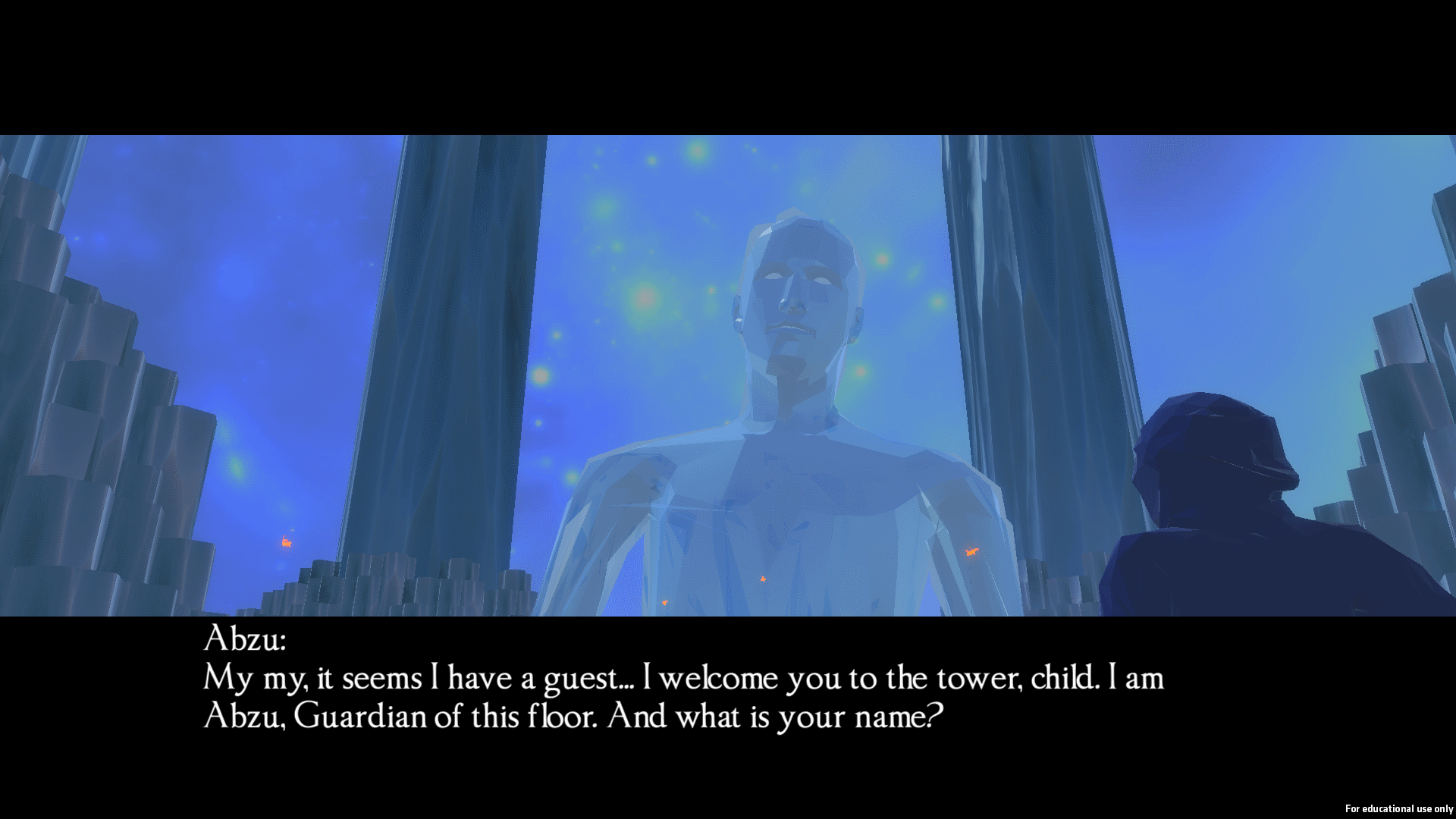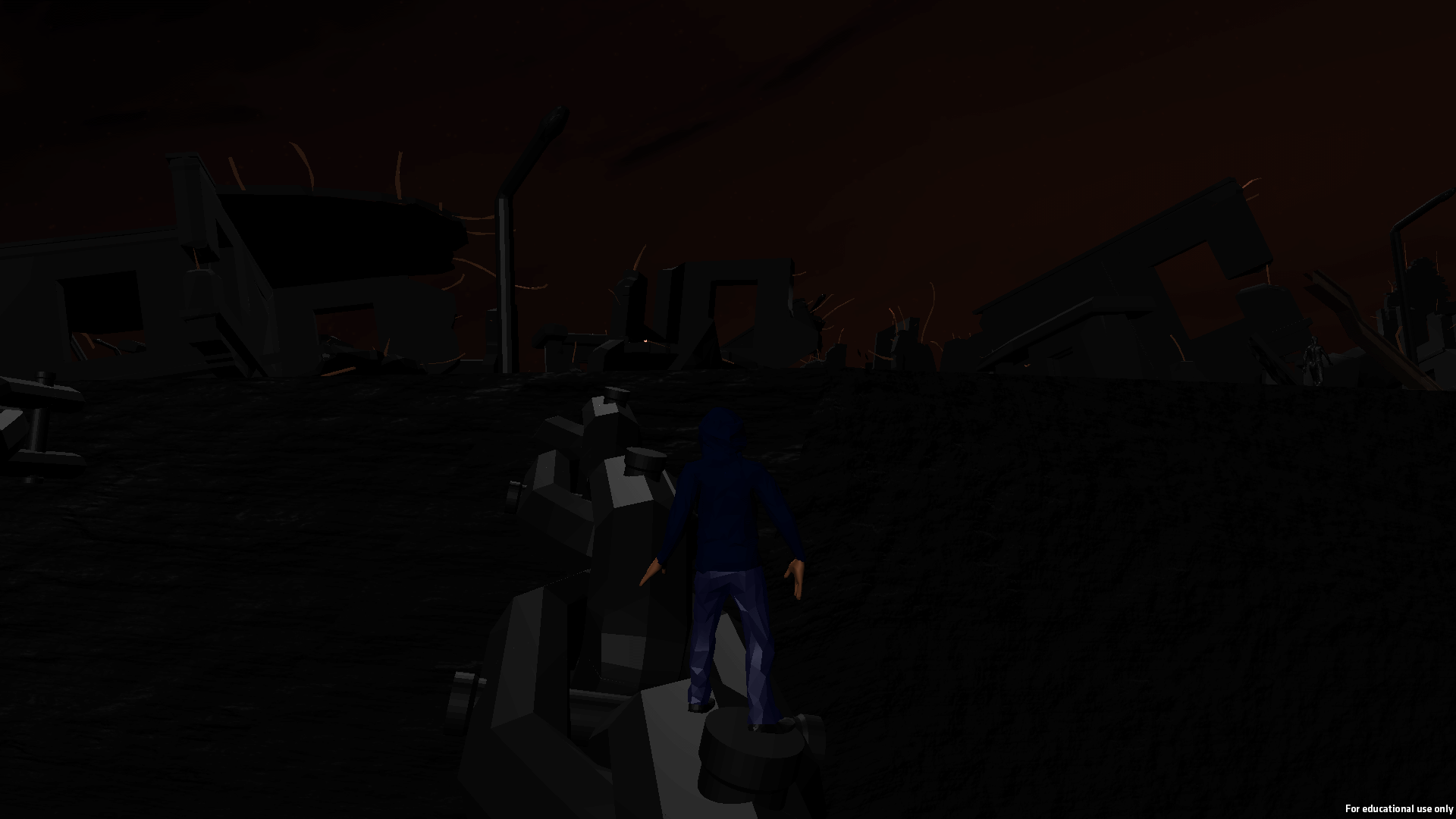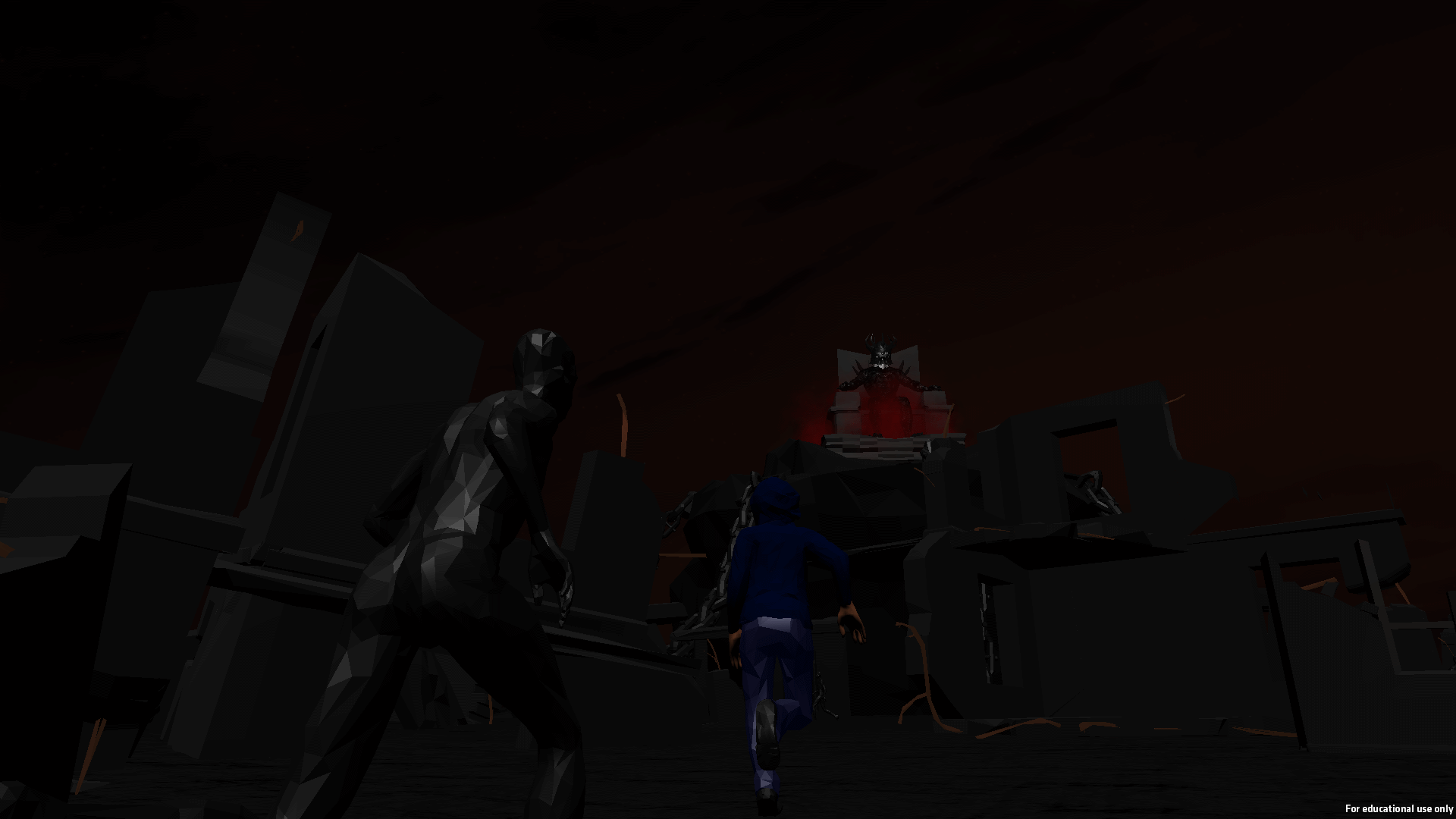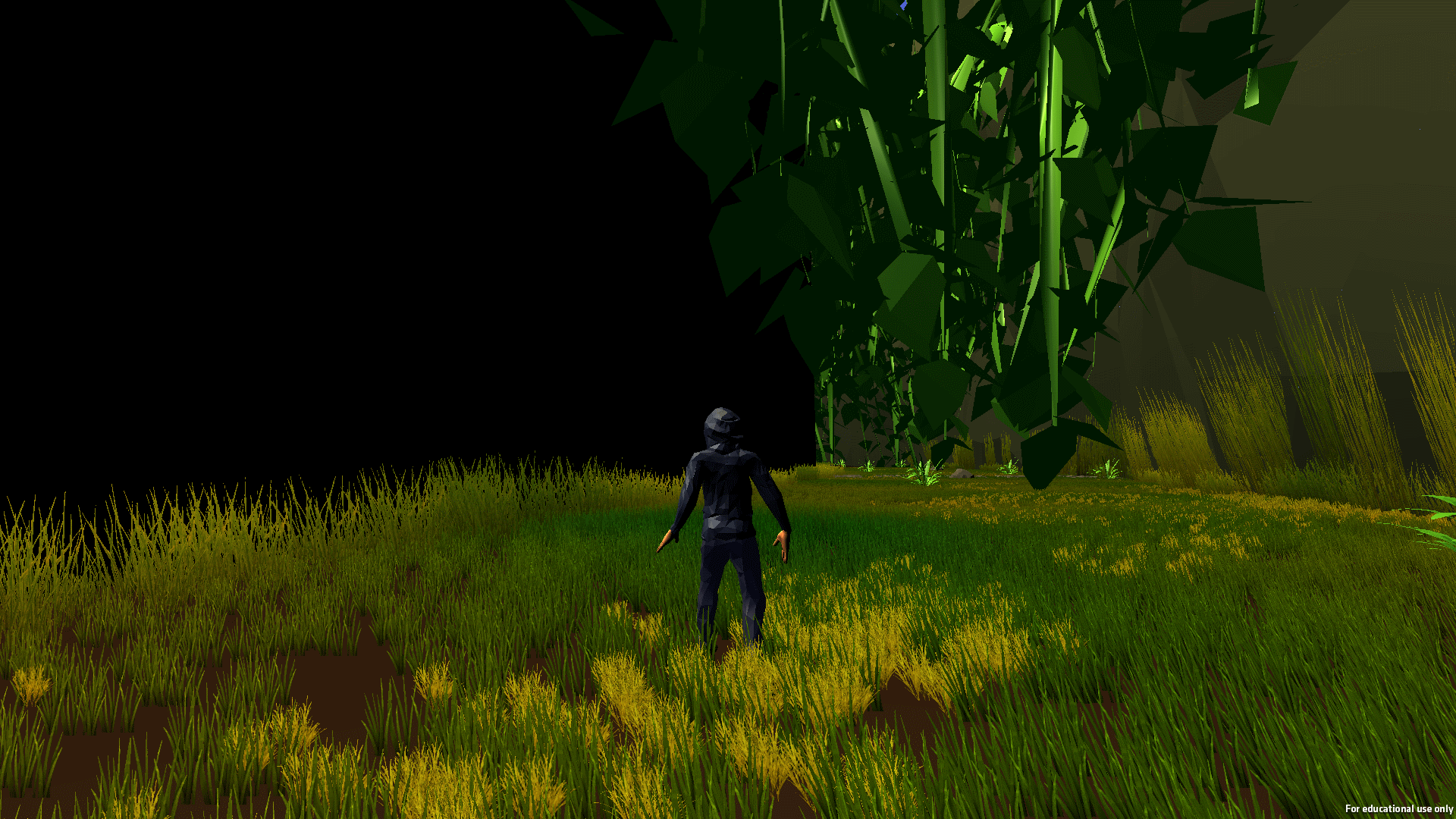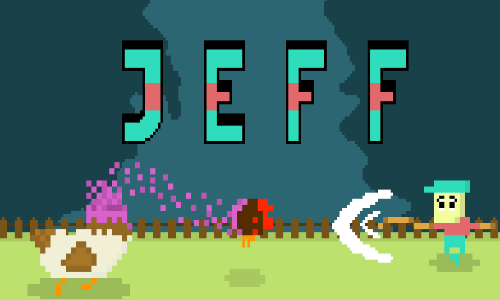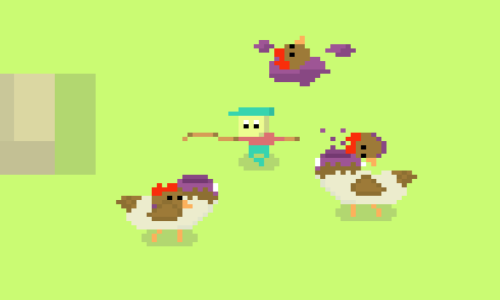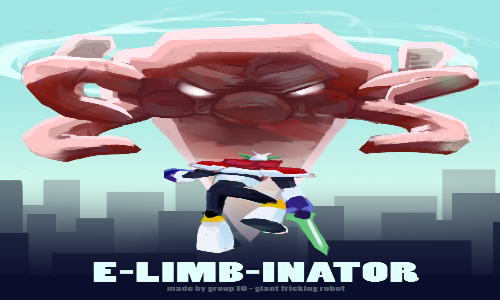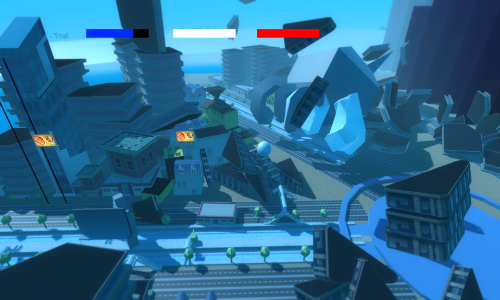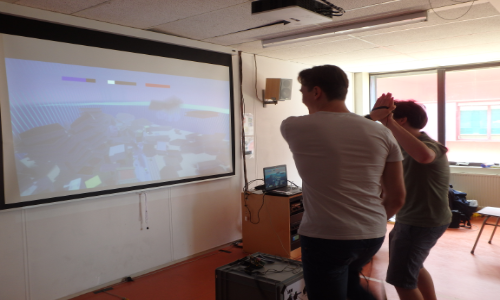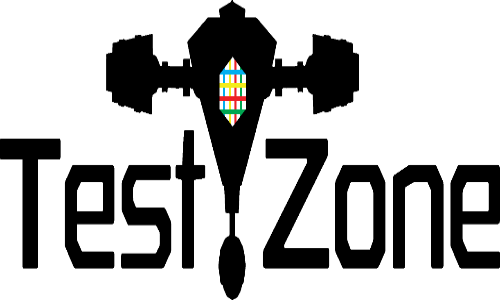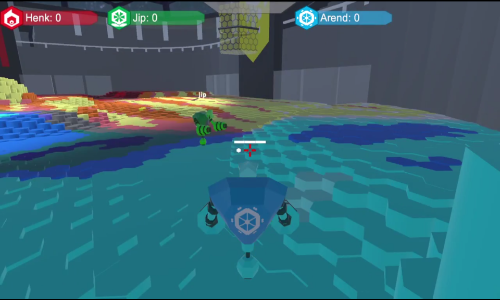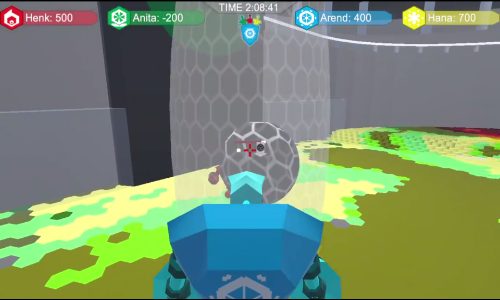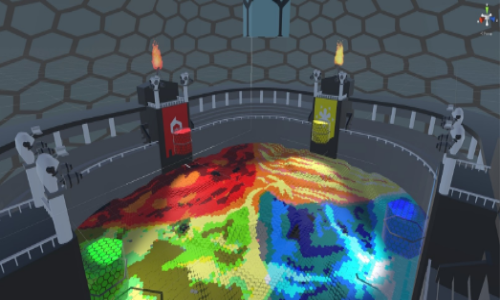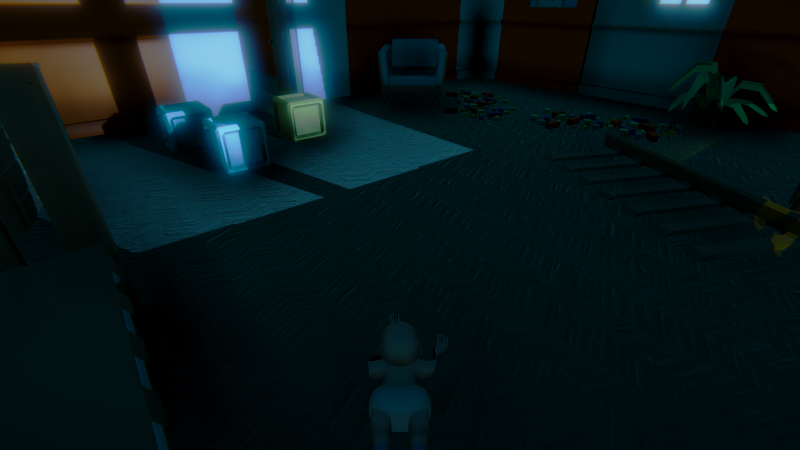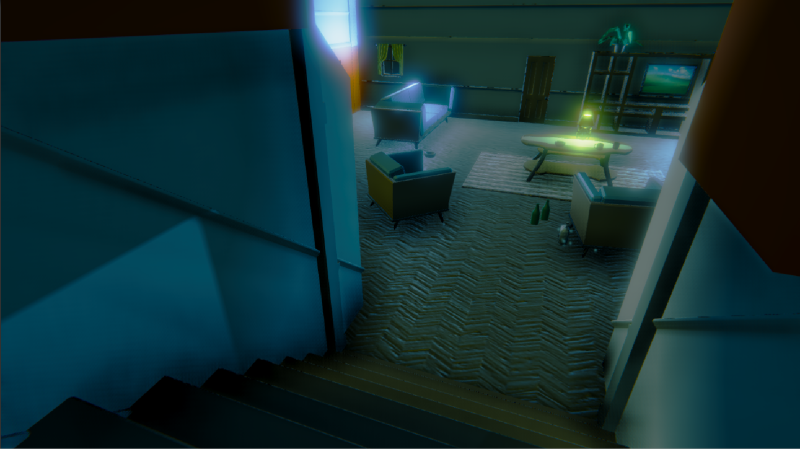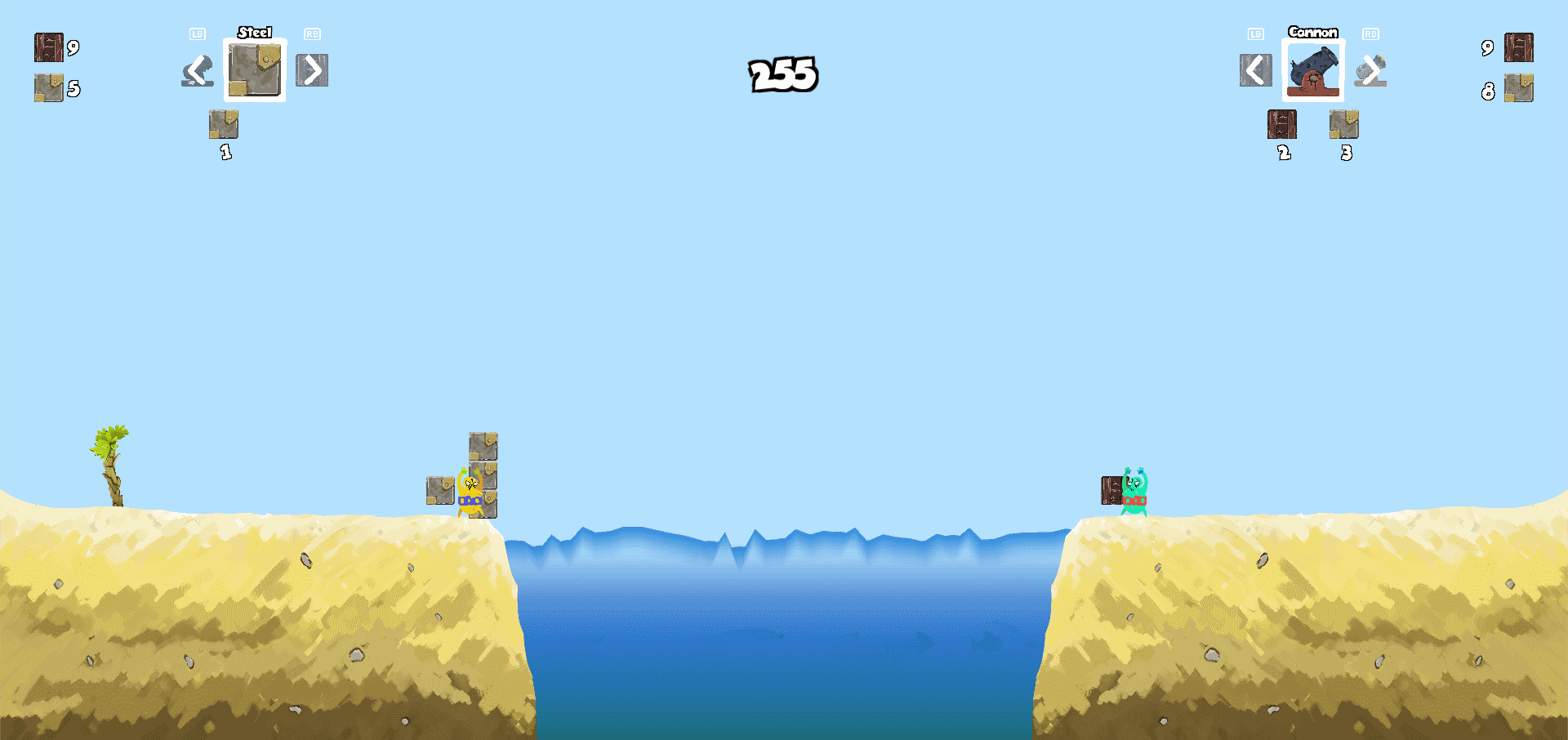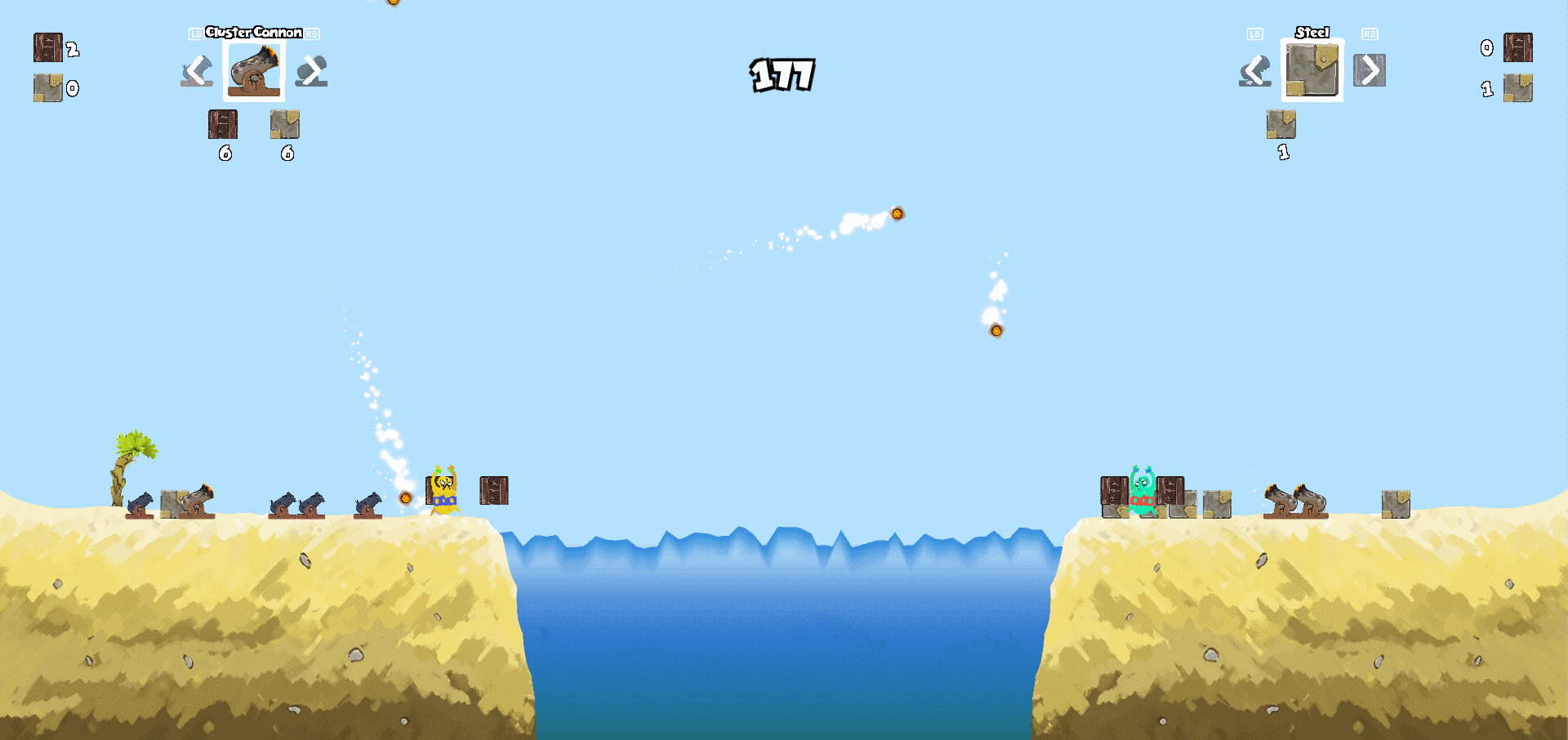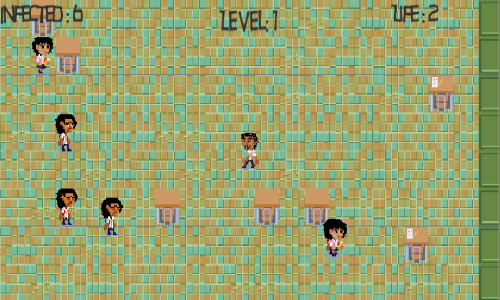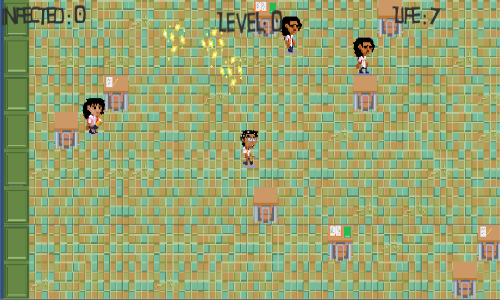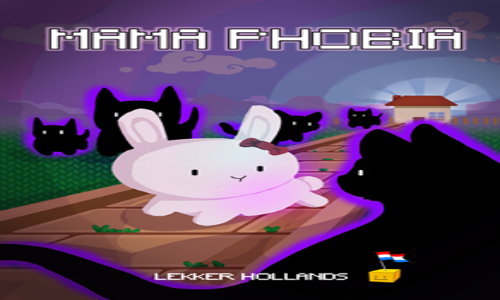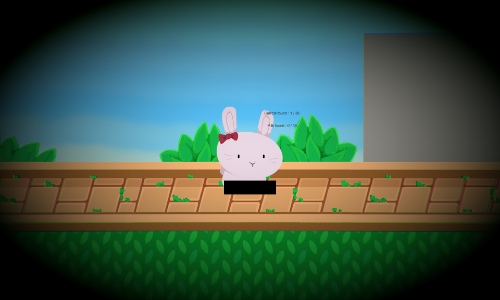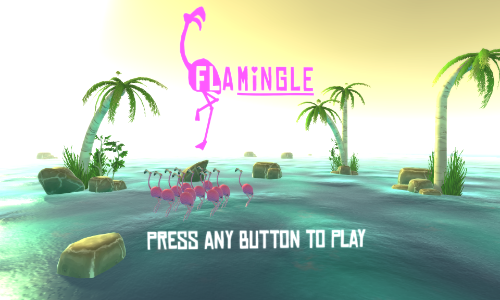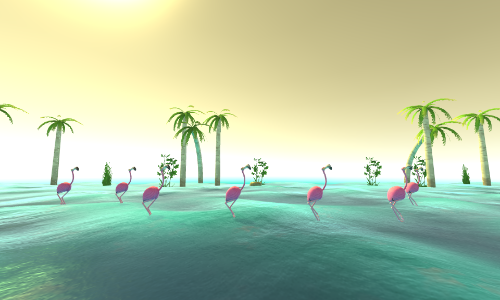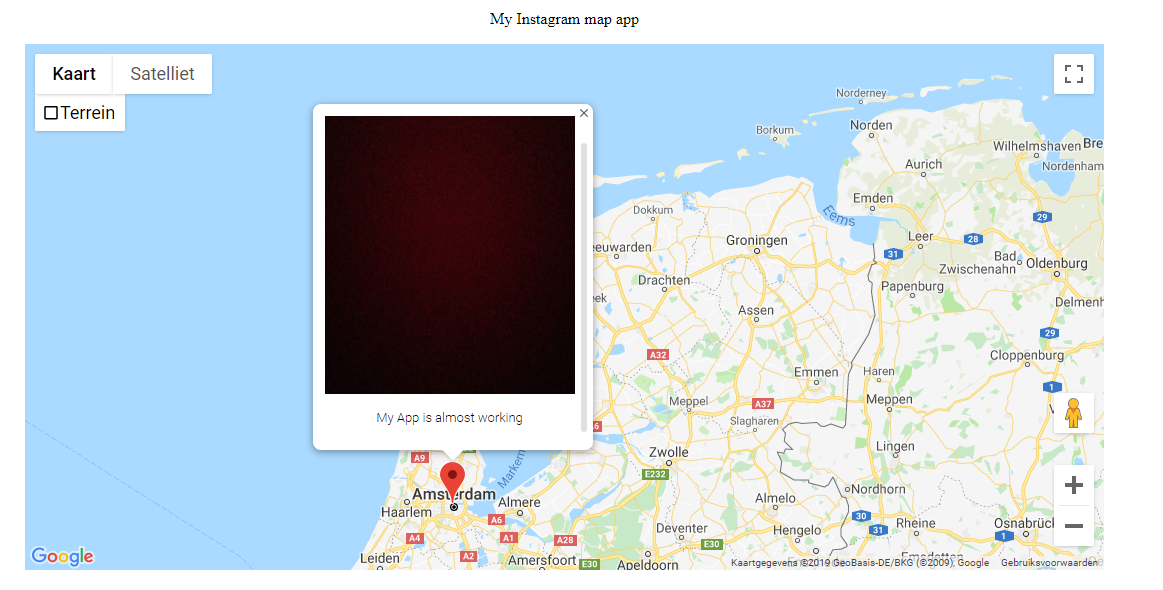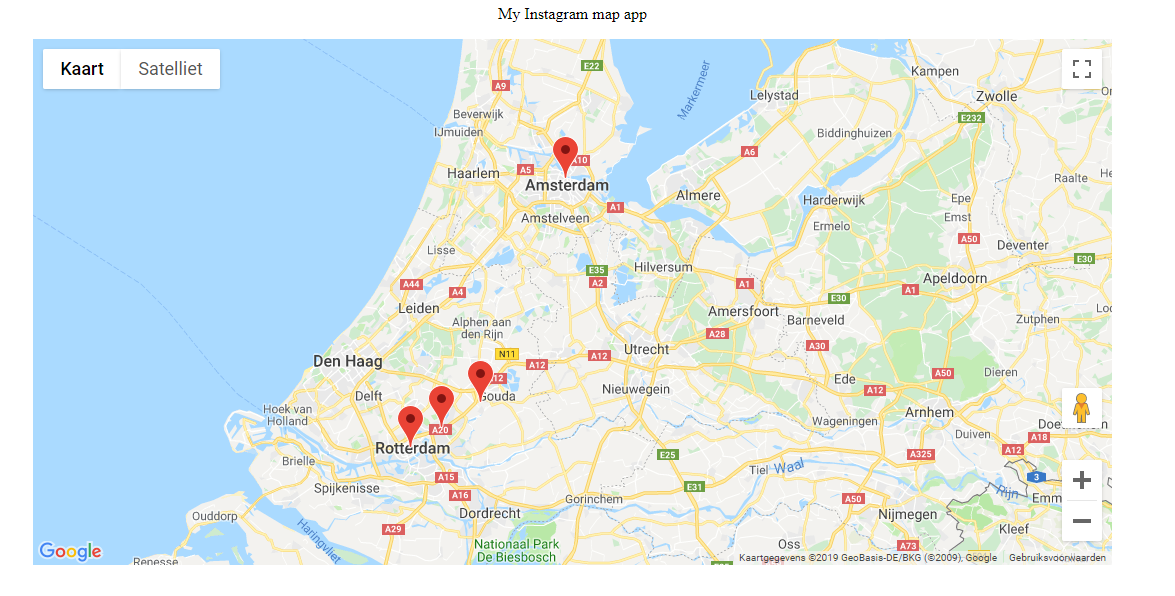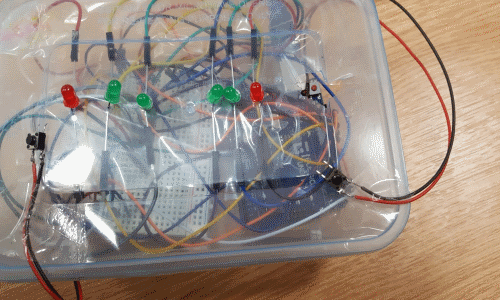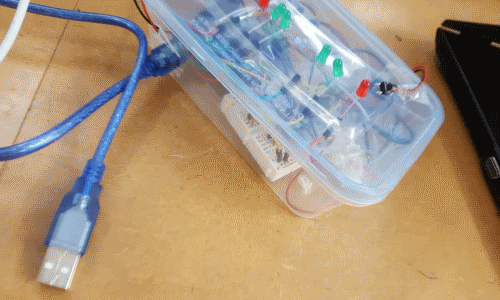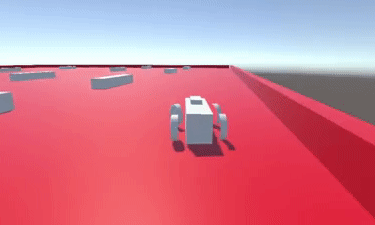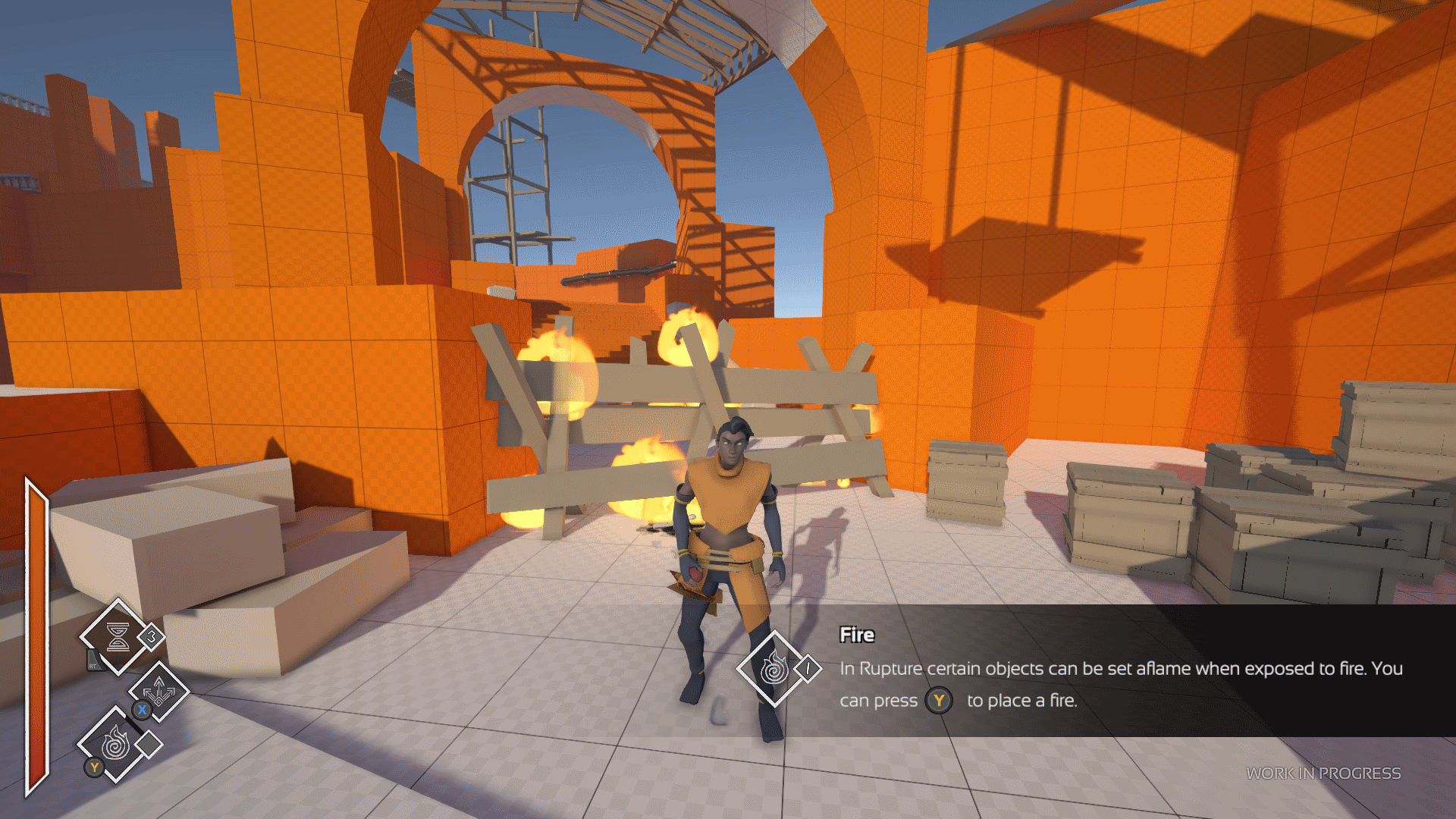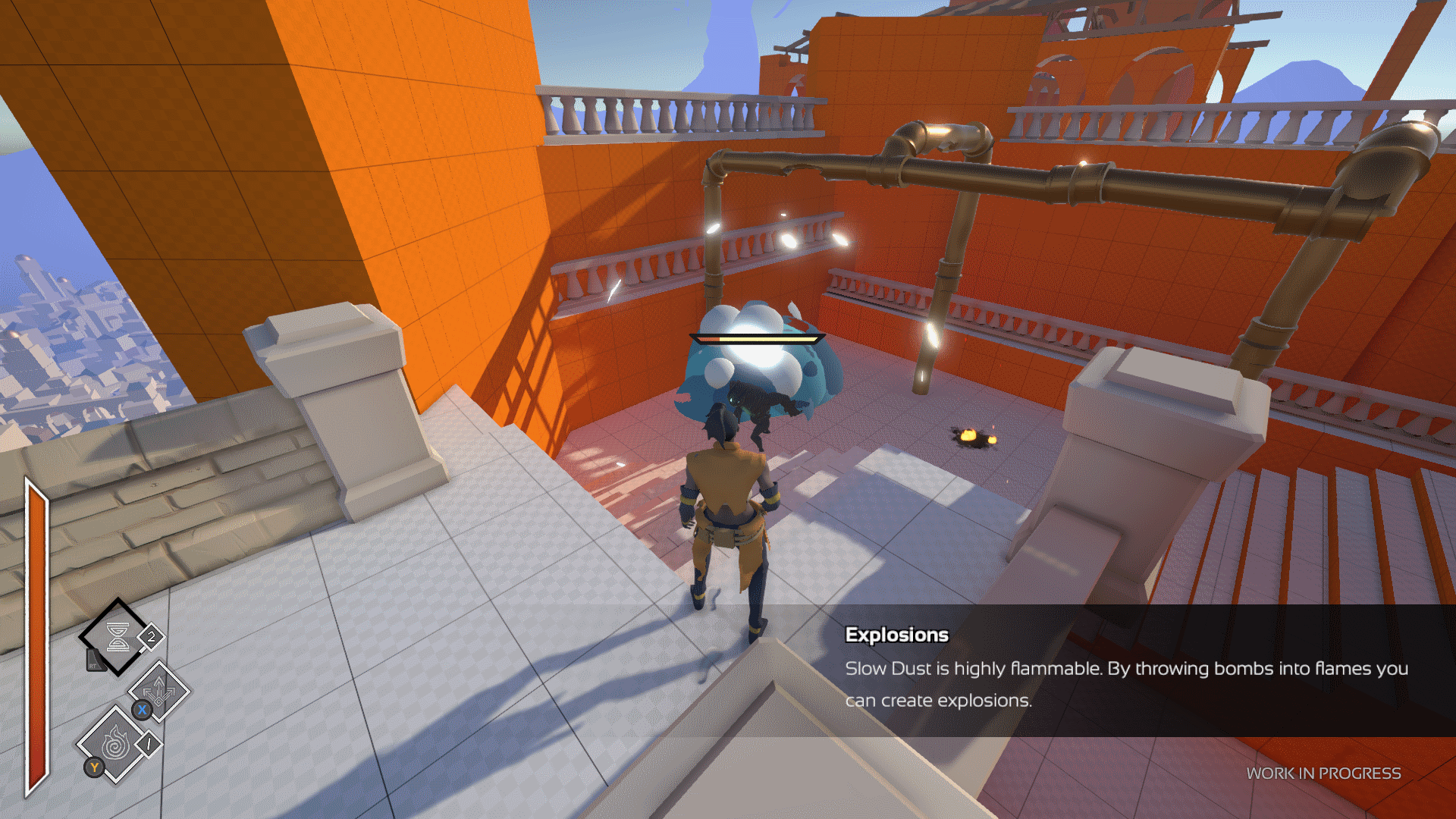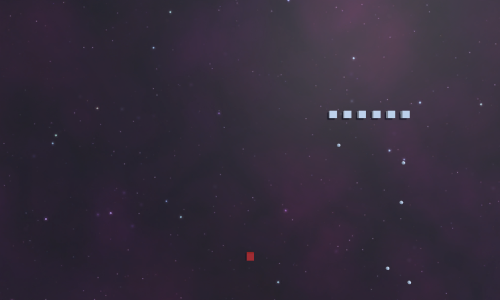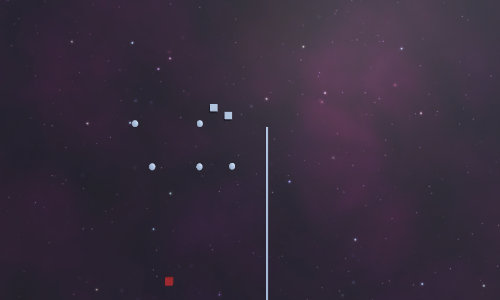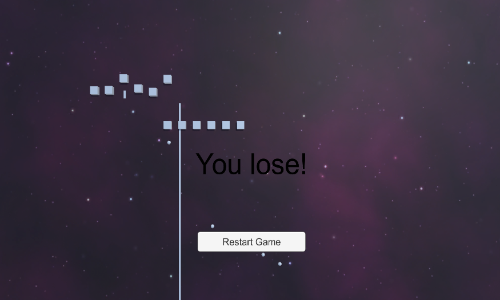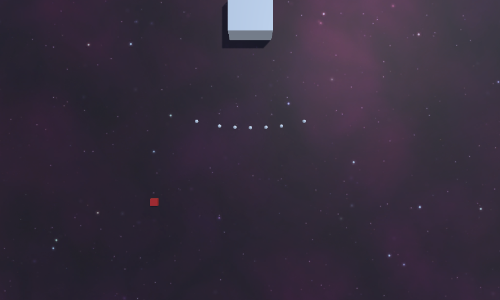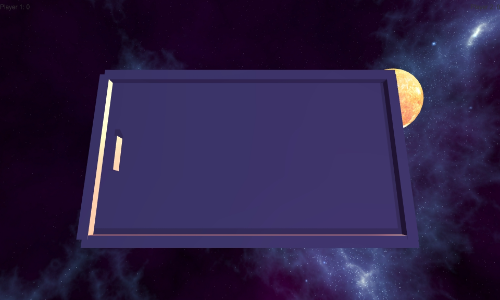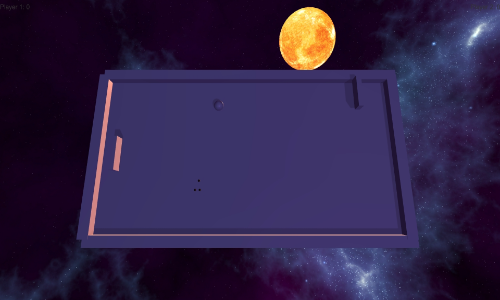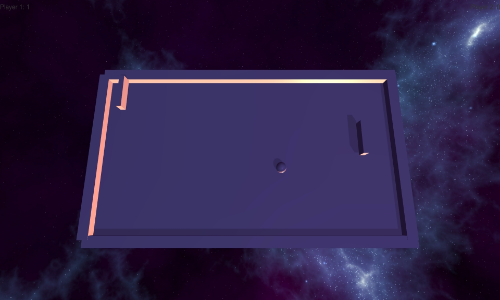My work
Commissioned Work
Tesla the missing pages
- Gameplay Programming
- Apple AR Kit programming
- Bug fixing
- Game engine: Unity
- Frameworks used
- Open CV
- Apple ARKit
Tesla the missing pages is a (unreleased) mystery experience created for the company Sherlocked. We created a game where players solve puzzles by coloring in pre-printed markers. When these markers are colored in a 3D object is projected on it, these objects can be interacted with by the player and other 3D objects to solve puzzles.
The AR tracking in the game was made by using the Apple ARKit plugin in Unity, but since ARKit did not have the ability to track markers we decided to combine it with the marker tracking of OpenCV to get the result we hoped for.
I was responsible for everything ARKit, the combining of ARKit and OpenCV, gameplay programming and game testing/bug fixing.
Over de grens (Across the border)
- Gameplay programming
- Game design (mechanics)
- Animation implementation
- Game engine: Unreal Engine 4
- Game trailer
Across the border is an applied game which teaches children about the part the netherlands played in world war 1 in a children friendly way. This is done by having the player play as a dog who passes on notes between the borders of Belguim who was active in the war, and the Netherlands who was neutral. The game was made for The Netherlands Open Air Museum.
This game was made using Unreal engine 4, my job was the get familiar with it and implement the game assets, specifically game animations. I also designed and developed a few the game's mechanics.
Unannounced VR project
- Game programming
- AI programming
- Game testing
- Bug fixing
This is a AAA gear VR project I have worked on for 4 months as a programmer intern at the company Playmagic.
Projects
The Cleaner
- Game design (mechanics)
- Gameplay programming
- AI programming
- Game engine: Unity
- Gameplay video
- Source code
The Cleaner is my graduation project, where I've focused on creating game AI. The enemy is a weak creature who uses hit and run tactics and collaboration to try and defeat the player.
I used a Finite state machine to create the behaviour of the enemy AI. The Finite state machine interacted with interfaces which were used for multiple objects in the game. This made it easy for all the game elements to interact with each other.
Akkad
- Game design (mechanics)
- Gameplay programming
- Game engine: Unity
- Source code
Akkad is a 3D platformer where the player is on an adventure through the afterworld, trying to find a way back to the real world. The game consists of 5 different levels, each representing a realm in the afterworld.
I was responsible for genral gameplay programming, implementing level 1-3 and the dialog system.
Jeff
- Game design (mechanics)
- Game engine: Unity
- Web development- site
- Fan made let's play
- Play
Jeff is a single player 2d adventure game, where the player plays farmer jeff who's on a quest to defeat the evil chicken wizard who has been turning the farm animals into evil beings. This was my first projects and the development time was only 3 weeks, but we placed it online and got quite the positive response for it being our first game, a youtuber even decided to make a let's play out of it. I was responsible for the game mechanics, level design and web development.
E-Limb-inator
- Game programmer
- Made in Unity
- Implementation of Art, Hardware and game mechanics
E-Limb-inator is a 2 player local multiplayer game, where both players each put on a physical Robot limb, one player the arms and the other the legs. The in game robot is controlled by both players whose task is to win the boss battle, by physically using their bodies to walk around, dodge the boss's attacks and attack the boss. Teamwork is key in this game, as players have to sync their movements and communicate with each other, they also have to charge up the robot when its battery is dead, the players do this my high fiving.
The game was made by creating physical robot parts from scratch with worbla then painting them over to make them more robot like, we then created our own buttons and motion detection sensors with Arduino and placed them into the physical robot parts. The arduino was then connected to Unity where we read the values and made it control the game we'd developed.
I was fully responsible for the development of the game itself, the connection between the Arduino sensors with Unity and how it used those values.
TestZone
- Gameplay programmer
- Made in Unity
- Concept development
- Playability - play-test, interviews, QA
- Programming - Player Movement, camera collision and UI implementation
- One page design documents
- Source code
Testzone is a 2-4 player online multiplayer game, where players play a form of multiplayer basketball against each other. Each player has their own basket, but only one basket is active at a time constantly causing 3 vs 1 situations. This is balanced by scaling the player who's defending his basket by 2, making it easier for him to defend. Every player has two weapons, the terraformer which allows them to terraform the hexagonal ground and the pulse gun which can push and pull objects and players.
I was responsible for the character and camera movement and collision, game concept and game design elements, extra programming when needed, and also playtesting, interviews and quality assurance.
Gamejam Games/Hackathon projects
Private Teddy
- Unity Game engine
- Programming
- Design
- Source code
I participated in the GlobalGameJam2019 with classmates of Heriot-Watt university. The theme of that year's gamejam was "Home" and we made a game where a baby needs to sneak out of his crib to get his teddy bear. The game feautures goofy controls.
Scott-Logic AI Coding Challenge
- Java
- Programming
- Code base
I participated in the Scott-Logic AI Coding Challenge at Heriot-Watt University. The goal of the Hackathon was to write an AI bot using their code base to compete against other contestants' bots in a turned based game.
Memoir
- Game design (concept)
- Gameplay programming
- Game engine: Unity
This game was made as a part of the Global Applied Gamejam 2018 at Postech University in South Korea. The subject of the Gamejam was Dementia, we decided to make a game to help Dementia patients with mental exercises.
Players need to solve a puzzle, by either matching the puzzle pieces by sight or by sound. By double clicking on a puzzle piece you hear a part of the song which is coupled with the puzzle. If the player completes the puzzle correctly the song will play in the right order.
Cannon fight
- Game design (concept)
- Gameplay programming
- Game engine: Unity
This game was made part of the Global Game Jam 2017, the subject was "Waves". We decided to make a game about two islanders who have their own territory, but go to war with eachother by building cannons and stuctures with washed up objects found on their Island. The person with the highest structure in the end wins.
Dandruff Rush
- Game design (concept)
- Gameplay programming
- Game engine: Unity
- Play
This was made part of Ludum dare 32, the subject was "an unconventional weapon" so we decided to make a game about Dan, a boy who has dandruff and who's been bullied by his classmates, because of it. He's taking his revenge by throwing his dandruff at them while dodging them trying to wash his hair with shampoo.
Mamaphobia
- Game design (concept)
- Gameplay programming
- Game engine: Unity
This game was made during the Living Lab Applied Game Jam 2016 NL, which was an international game jam which was organized in the Netherlands, and hosted both Chinese and Korean students.
The topic was to make an applied game for children whose parents are suffering with a phobia. The phobia we chose to tackle was agoraphobia, the fear of open spaces and public embarrassment. In the game you play a rabbit who's afraid of going outside, once outside of a house the worlds starts trembling and all the animals seem like scary beasts, but in reality do you nothing.
Flamingle
- Gameplay programming
- Game design (concept)
- Game engine: Unity
- Source code
This game was made during the global game Jam 2016, the topic was a ritual. So we decided to make a game about Flamingo mating rituals, on the screen were quick time events, if you got them right you did the mating dance correctly, if you didn't for multiple time in a row you'd fall behind and not get the girl you were impressing.
Personal Projects
OpenGL assignment
- programming
- OpenGL
- C++
This is a small OpenGl assignment I did for University, but I've added more effects than necessary, just to learn how the Forward Rendering pipeline works I made a cape effect with a vertex shader, added diffuse, specular and ambient lighting to the scene, played around with the fragment shader to change the colors of objects, Modeled and textured my own 3D objects and I added a post processing effect by sending a screenshot texture of the screen through fragment shader before sending it back to the framebuffer.
Desktop Weather app
- programming
- Java
- OpenWeather maps API
- Source code
This is a small weather app I've made, I wanted to figure out how calling API's worked in Java. I used the OpenWeather maps API to get data from the weather, per city. I downloaded their city map and made it possible to search each city in their database through a search bar, with live city options as you type.
Playstation 1 game
- programming
- C
- Psy-Q software development kit
- Source code
This is a small Playstation 1 game project I started. I basically programmed a space Space-invaders game that is playable on a Playstation 1 or psx emulator. It is made in the C programming language and I used the Psy-Q software development Kit to develop the game.
Instagram map app
- programming
- HTML + Javascript
- Instagram API + Google Maps API
- Live Demo
This is a small instagram app I made, because I wanted to visualise all my instagram pictures onto a map. I did this by using the Instagram API to retrieve the Longitude and Latitude of the pictures posted on my account, I passed this data onto the google map API and displayed the location of each picture on the map with google map markers.
PDDL for Unity (WIP)
- programming
- PDDL
- Automated planning (online planning)
- Source code
This was a small test trying to visualize PDDL in the unity game engine. Unity sends a PDDL problem and domain file to this online planning api which then returns a plan, which I parse and have unity execute. This test was done in my free time to figure out if it was possible to use pddl in unity, I plan to continue this project and build a small AI which creates it's domains in unity and sends the plan to the online planner.
Arduino arcade game in a box
- programming
- arduino
- Source code
This is an Arduino project I've worked on for myself. I wanted to create a mini physical arcade game in a box. It's a standalone two player game, the lights flicker on and off, if the red light opposite of the player's button is on the player needs to press the button to recieve a point if the player does this sucessfully then that player's red button will blink the amount of point the player has and the game continues.
Racing game (WIP)
- programming
This is a side project I'm working on. I'm playing around with the wheel physics in Unity and trying to make an arcade racing game with it.
Beat detection
- programming
- Source code
With this project I wanted to try out dynamic beat detection in Unity. I did somewhat succeed in having unity read a beat out of the background music that's playing and I've made a game out of it.
Rupture
- Programming
- Prototype development
Rupture is a group project that I did not have the opportunity to work on full time, so I helped out programming aspects of the game in my free time. I also co-designed and developed the first prototype versions of the game as well as the AI.
Space invaders
- programming
- Source code
In this project I wanted to test out inheritance and overwriting functions. This was more about the code structure of the game than the game itself.
Space pong
- programming
In this project I wanted to test out how multiplayer works in Unity and if it was possible to do cross platform multiplayer. I've succeeded in it, this game allows you to play online against each other through pc vs pc, mobile vs mobile and pc vs mobile.
